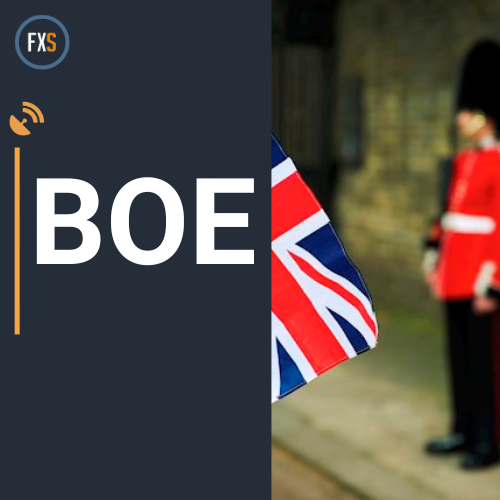The Bank of England (BoE) is expected to keep its policy rate at 5.25% for a sixth consecutive meeting in the midst of disinflationary pressures and a potential interest rate cut sooner than expected. The recent inflation data indicates a decrease in inflation expectations, prompting speculation of a rate reduction in August or September, with a high chance of a subsequent decrease in December.
The Bank of England’s Governor Andrew Bailey hinted at a possible loosening of the labor market and decreasing inflation figures at a recent event, challenging the narrative of “higher for longer.” The Decision Maker Panel survey showed lower CPI inflation expectations and expected wage growth, indicating an anticipated decrease in wage growth over the next year.
While the BoE is expected to maintain its current interest rate, analysts predict a potential softening of communication, paving the way for an imminent start to a cutting cycle. The central bank is unlikely to signal the timing of a rate cut, leading to the GBP/USD pair maintaining its current range. However, to continue its recovery, GBP/USD needs to surpass key resistance levels.
The BoE’s interest rate decision is a significant economic indicator that impacts the GBP. A hawkish view on inflation and a rate hike are bullish for the Pound Sterling, while a dovish outlook and unchanged or lowered interest rates are bearish. The BoE’s decision, expected to be in line with consensus and current market pricing, will provide insights into the UK economy’s direction and prospects for future rate cuts.
In conclusion, the Bank of England’s decision to maintain its policy rate at 5.25% amid ongoing disinflationary pressures and speculation of potential rate reductions signals a cautious approach to monetary policy. The impact of this decision on GBP/USD remains uncertain, with the pair expected to maintain its familiar range unless it breaks key resistance levels for further gains. The upcoming BoE interest rate decision will provide essential insights into the UK economy and its future monetary policy direction.











